MONGLA PORT
Mongla Port — Strategic Gateway Near the Sundarbans
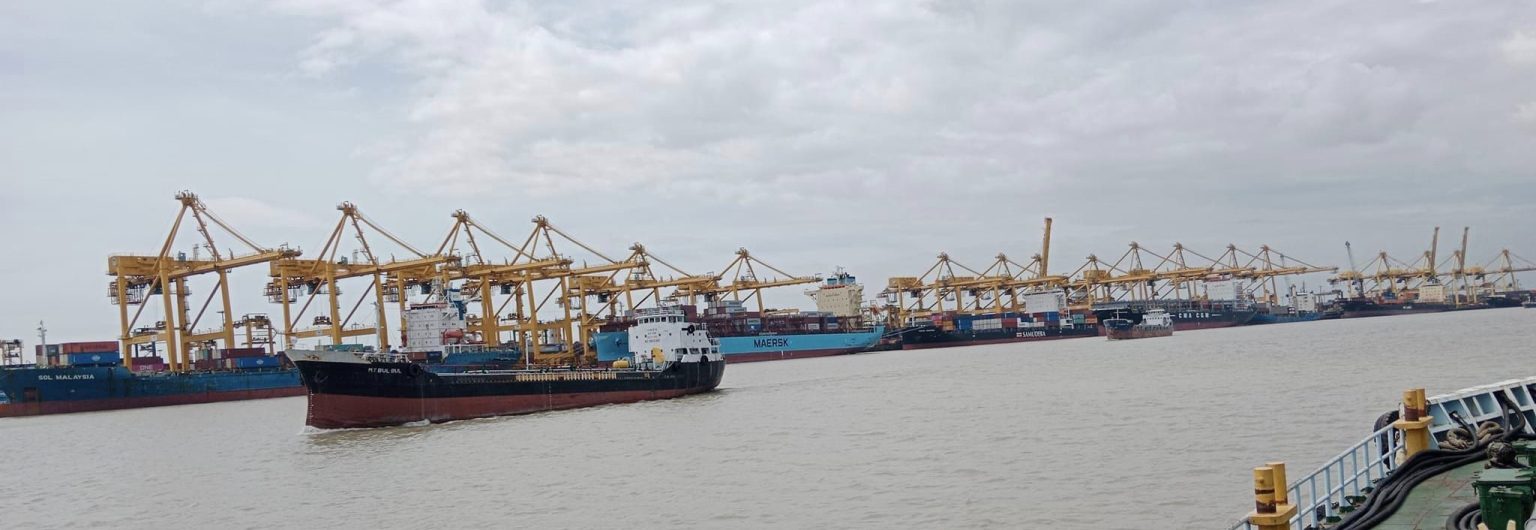
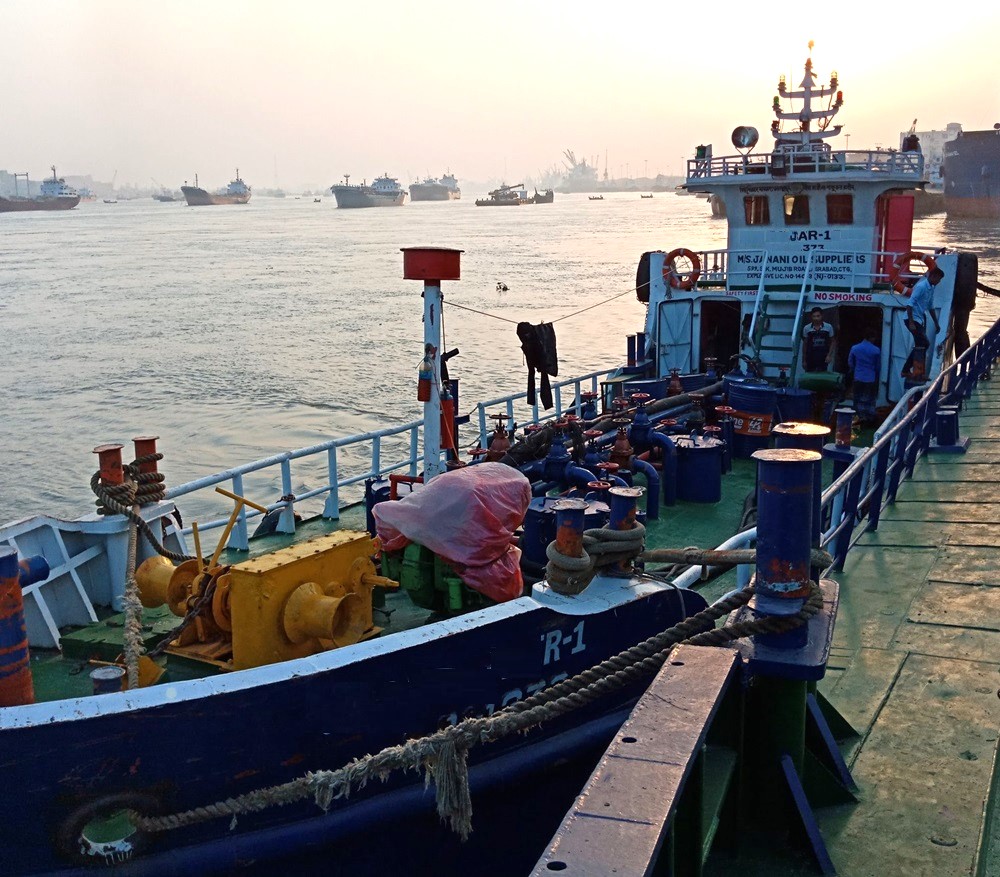
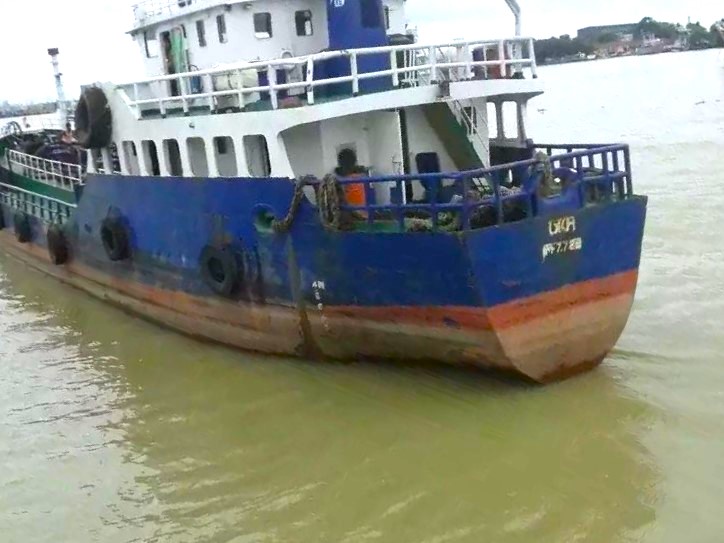
The Port of Mongla is a key seaport of Bangladesh, located at Mongla Upazila in Bagerhat District, Khulna Division. It lies close to the shores of the Bay of Bengal and the Pashur River, serving as the principal maritime outlet for the greater Khulna region and the surrounding industrial belt.
Recognised as the second largest and one of the busiest seaports of Bangladesh, Mongla has gained prominence as an alternative to Chattogram Port due to capacity expansion, improved connectivity, and growing use by international shipping lines.
JAR World Shipping Line supports vessel calls, husbandry, bunkering, project cargo and marine logistics at Mongla, Chattogram and Payra.
Overview & Key Role
Mongla Port plays a vital role in:
• Handling import & export cargo for the south-western region of Bangladesh • Supporting industries located around Khulna, Jessore, Bagerhat and surrounding EPZs • Serving as a gateway for tourist and research vessels visiting the Sundarbans, the world’s largest mangrove forest and a UNESCO World Heritage Site • Hosting Mongla Export Processing Zone (Mongla EPZ) and nearby private economic zones
Location & Strategic Importance
• Located approximately 48 km south of Khulna city, along the Pashur River • Protected by the surrounding Sundarbans mangrove forest • Benefiting from rising investment and government focus in the Khulna–Mongla corridor, supported by projects such as the Padma Bridge and national highways connecting Mongla with Dhaka and other regions • Increasingly used by international shipping lines as congestion-relief and diversification from Chattogram Port
Marine Operations, Bunkering & Logistics
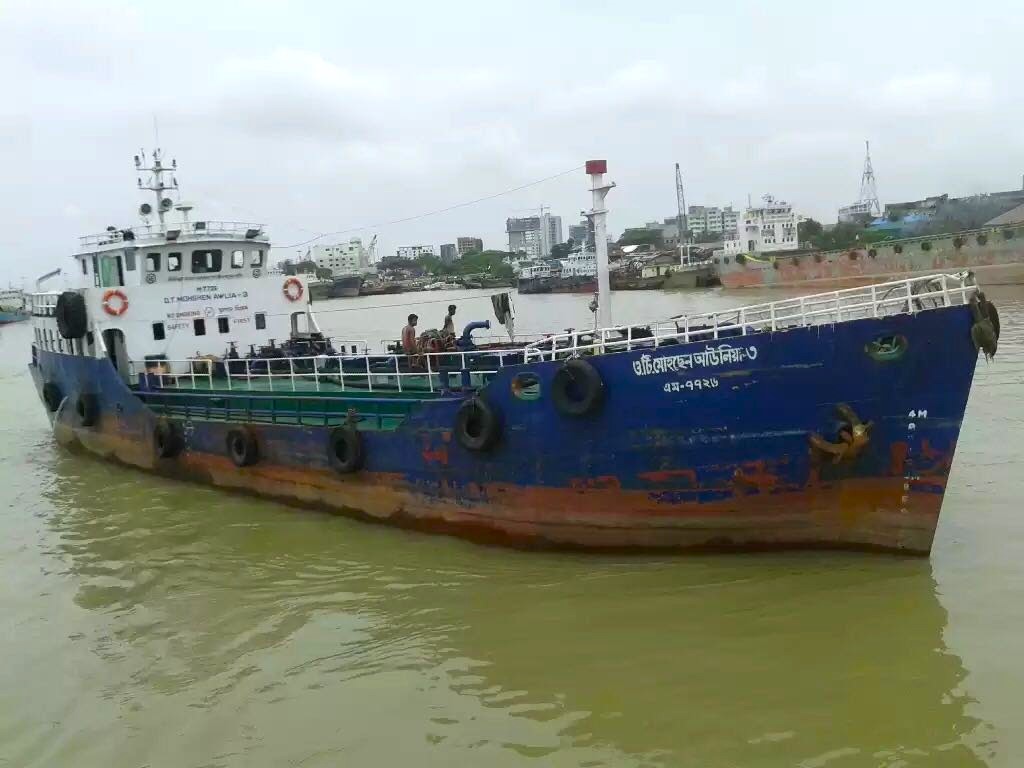
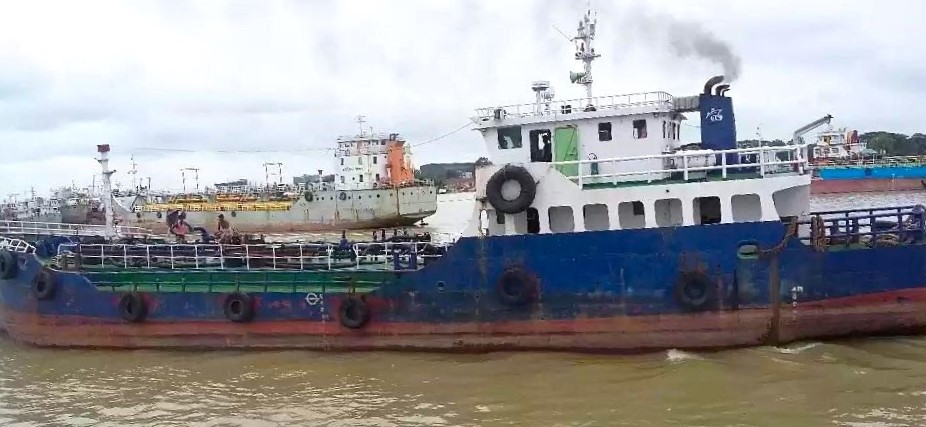
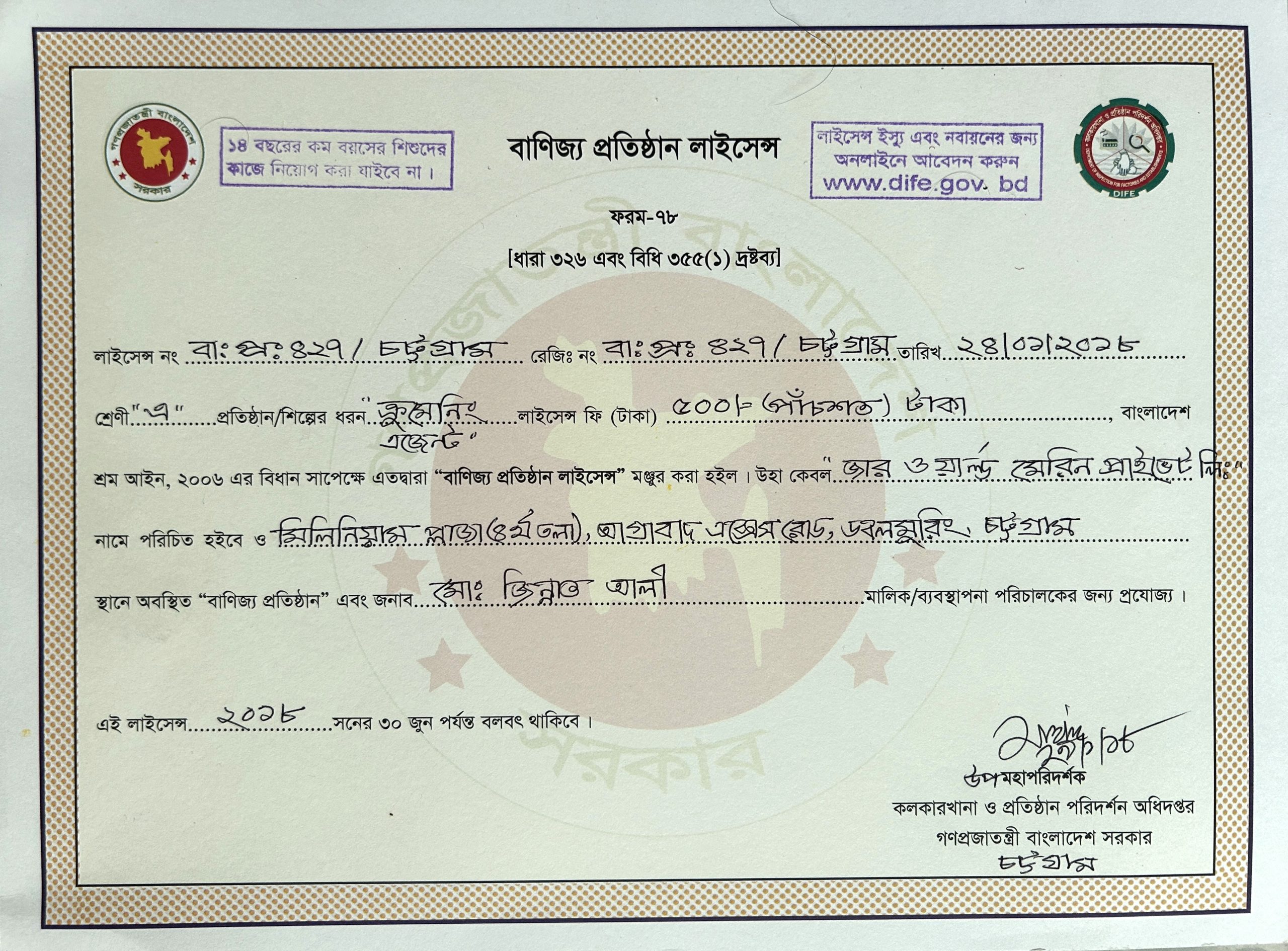
Through JAR GROUP’s marine and logistics network, vessels calling Mongla can receive integrated, end-to-end support:
• Full & Protective Port Agency • Husbandry services (crew change, CTM, provisions, medical assistance) • Bunkering coordination and lub oil supply via regional suppliers • Ship spares clearance and onboard delivery • Project, ODC and heavy-lift cargo supervision • Inland logistics and last-mile delivery to EPZs and factories
Facilities, EPZ & Economic Zones
Mongla Port offers:
• Jetties and river moorings suitable for bulk, breakbulk and general cargo • Warehousing and yard facilities for long and short-term storage • Anchorage and lighterage arrangements within safe river channels • Nearby Mongla EPZ and PowerPac Economic Zone supporting export-oriented industries and manufacturing clusters
Connectivity & Hinterland Access
Mongla is linked to the national logistics network through:
• Highway connections to Khulna, Jessore and Dhaka via key national routes • Road and riverine connections towards industrial belts, inland ports and distribution centres • Potential rail-linkage and multimodal integrations planned to strengthen regional trade corridors
Certifications & Government Affiliations
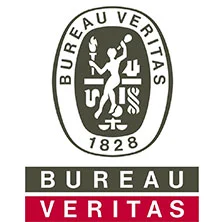
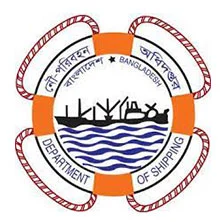

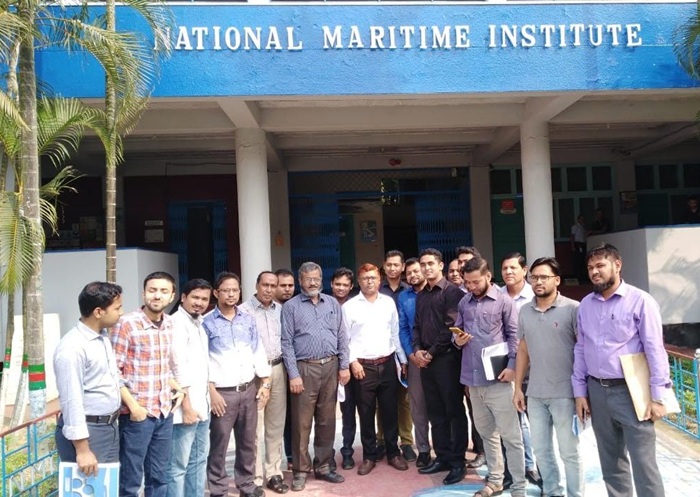
Crew, Manning & Compliance
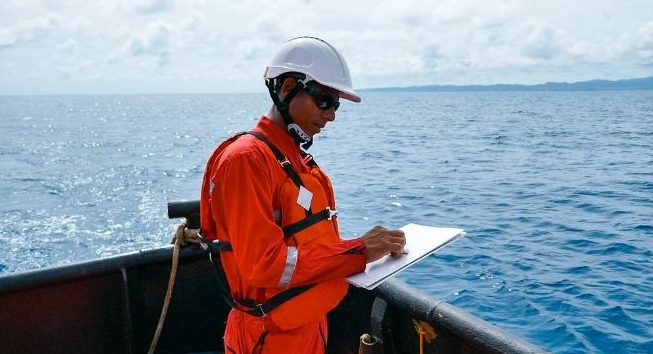
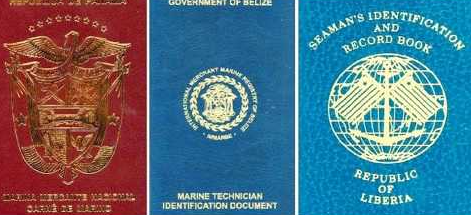
JAR World Marine & JAR World Shipping Line maintain a strong focus on:
• STCW-compliant crew and officers • ISPS, MLC 2006 and flag-state requirements • Security, safety, documentation and regulatory compliance at Mongla and all other operating ports
India Access, Regional Trade & Integration
Bangladesh has granted India permanent access to Mongla and Chattogram ports for transit and trans-shipment, enhancing connectivity to India’s north-eastern states and strengthening sub-regional cooperation within the Bay of Bengal region. This has increased Mongla’s importance as a regional hub for cargo movement and corridor development.
Official Authority
Mongla Port is administered by the Mongla Port Authority (MPA). Official Website: https://mpa.gov.bd/
Why Work With JAR World Shipping Line at Mongla?
• Local expertise across Mongla, Chattogram and Payra • Strong coordination with port authority, customs, terminals and local vendors • Proven handling of bulk, project, breakbulk, and general cargo vessels • Integrated solutions covering agency, logistics, crew, bunkering and spares
Visit JAR World Shipping Line📩 Email: bd@jarinfo.com

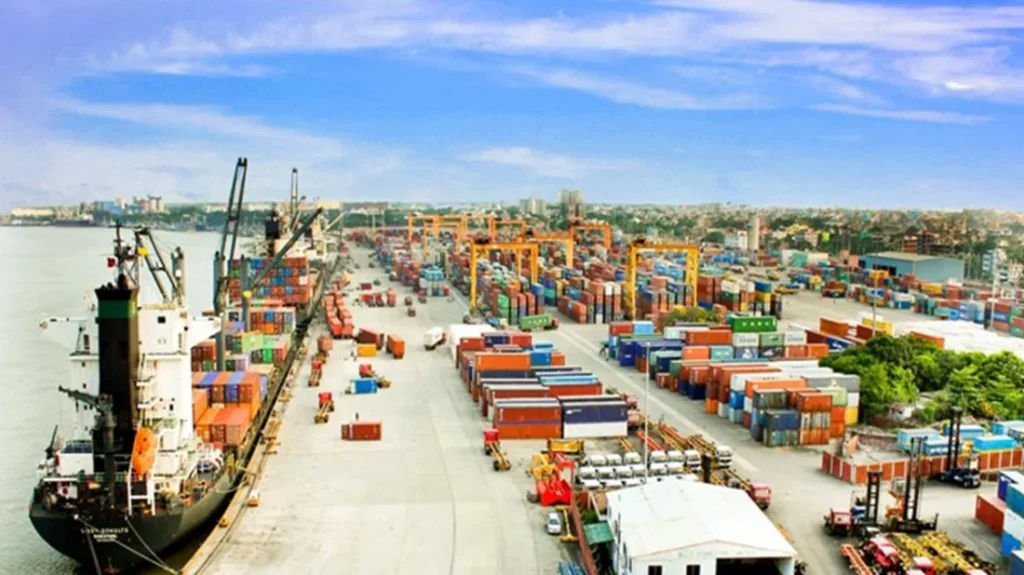
Connectivity and Accessibility
- Road Connections: Mongla Port is well-connected by road to major cities in Bangladesh, including Dhaka and Khulna. The road infrastructure has been improving to ensure better access and reduce transportation times.
- Rail Links: There are plans to enhance rail connectivity to the port, which will further streamline cargo movement and reduce dependency on road transport.
- River Navigation: The port is accessible via the Pashur River, which allows for the movement of goods through inland waterways, providing an eco-friendly transportation option.
Port Services
- Pilotage Services: The port offers pilotage services to assist ships in navigating the channels and docking safely. This is crucial for ensuring the smooth and safe arrival and departure of vessels.
- Towage and Mooring: Towage services are available to help maneuver ships in and out of the port, along with mooring services to secure vessels at the berths.
- Bunkering: Fuel bunkering services are provided at the port, allowing ships to refuel during their stay.
- Customs and Clearance: Efficient customs and clearance services are available to facilitate the swift processing of cargo, ensuring minimal delays.
Economic Contributions
- Trade Facilitation: Mongla Port plays a vital role in facilitating international trade for Bangladesh, handling significant volumes of imports and exports.
- Industrial Support: The port supports various industries in the region, including the jute, leather, and seafood industries, by providing essential logistics and transportation services.
- Investment Attraction: The development of the port has attracted both domestic and foreign investments, contributing to the economic growth of the region.
Challenges and Solutions
- Dredging Needs: The port requires regular dredging to maintain navigable depths. Continuous investment in dredging equipment and services is essential to keep the channels clear.
- Logistical Bottlenecks: Efforts are being made to address logistical bottlenecks through infrastructure improvements, better coordination, and the adoption of modern technologies.
Future Development Plans
- Port Expansion: There are plans to expand the port’s capacity by constructing new berths and terminals, which will enable it to handle larger volumes of cargo.
- Modernization Projects: Modernization projects include upgrading existing facilities, introducing advanced cargo handling equipment, and implementing digital solutions for port management.
- Sustainable Practices: The port authority is committed to adopting sustainable practices, such as using renewable energy sources, implementing waste management systems, and reducing emissions.
Strategic Importance
- Alternative to Chattogram Port: Mongla Port serves as an alternative to Chattogram Port, helping to distribute the cargo load and reduce congestion at the latter.
- Regional Integration: The port’s strategic location near the India-Bangladesh border makes it a key player in regional trade and integration initiatives.
Mongla Port continues to be a dynamic and evolving hub of economic activity, playing a crucial role in Bangladesh’s maritime trade and economic development. Its strategic location, combined with continuous efforts to modernize and expand, ensures that it remains a vital asset for the country.
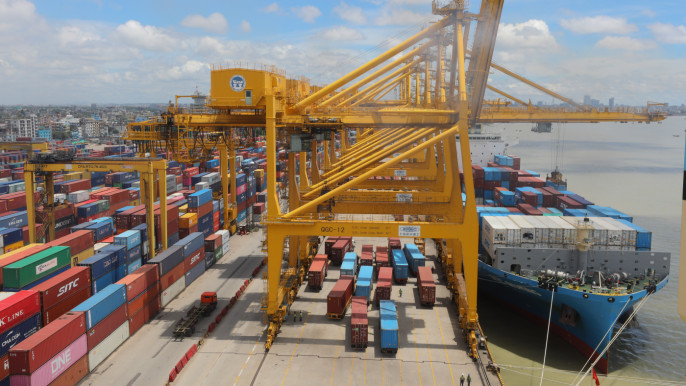
Need Agency ? Visit : www.jarship.com
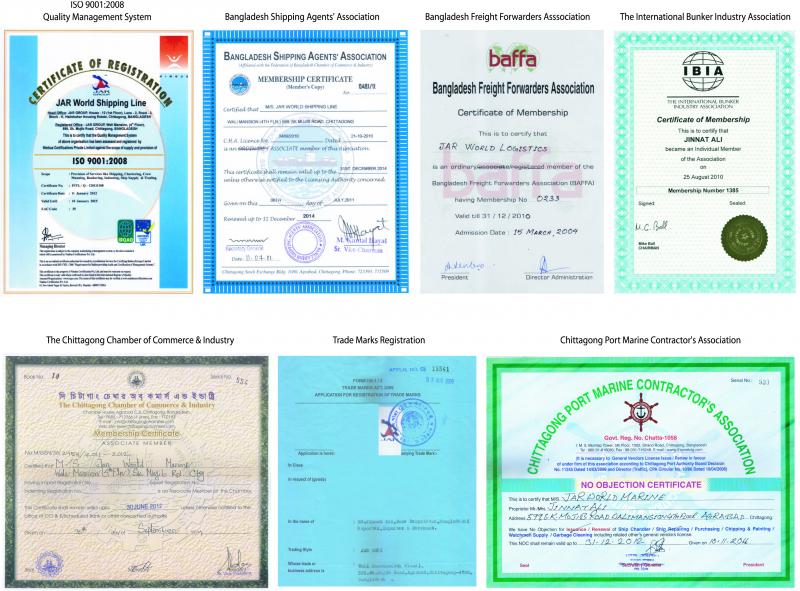

Email : bd@jarinfo.com
